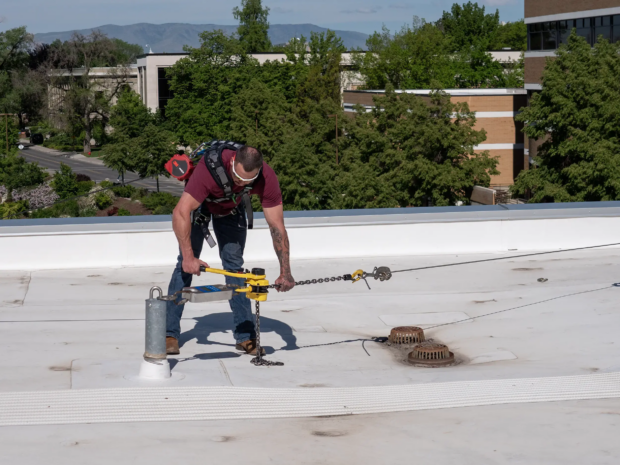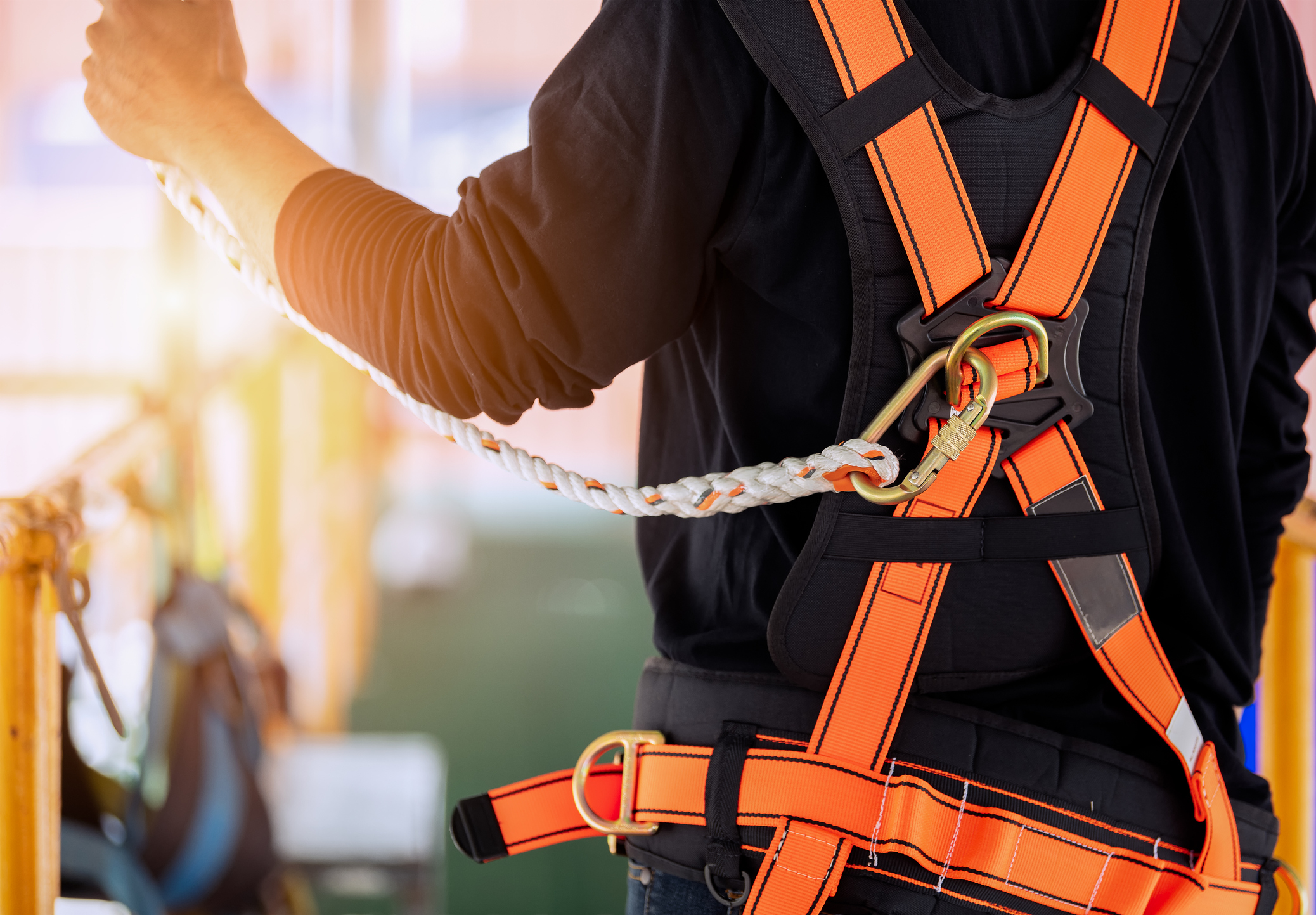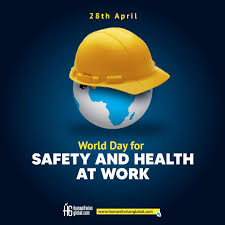New OSHA Guidelines for Fall Protection in Construction: What You Need to Know. The construction industry has long been one of the most hazardous sectors, with falls from height remaining a leading cause of workplace fatalities. In response, the Occupational Safety and Health Administration (OSHA) has introduced updated guidelines to strengthen fall protection standards in construction. These new measures aim to reduce accidents, improve compliance, and ensure that workers return home safely.
Key Updates to OSHA’s Fall Protection Standards
The updated OSHA guidelines emphasize proactive measures, modern technologies, and enhanced training. Key changes include:
- Lowering the Fall Protection Threshold
OSHA has reduced the height at which fall protection measures are required in some construction activities. The previous threshold of 6 feet in general construction remains, but specific tasks such as scaffolding and roofing may now require protections at even lower heights. - Enhanced Equipment Requirements
Employers are now mandated to use advanced fall arrest systems that meet stricter safety criteria. This includes full-body harnesses, self-retracting lifelines, and guardrails designed to withstand higher impact forces. - Mandatory Safety Plans
The new regulations require employers to develop and implement a comprehensive fall protection plan tailored to each worksite. These plans must include risk assessments, specific mitigation strategies, and emergency response procedures. - Increased Training and Certification
OSHA now mandates periodic refresher training for all employees exposed to fall hazards. Employers must ensure workers are certified in the use of personal protective equipment (PPE) and understand site-specific fall protection protocols. - Improved Reporting and Record-Keeping
Employers are required to maintain detailed records of fall protection measures, including inspections, employee training, and any incidents. This aims to create greater accountability and facilitate audits.
The Importance of Compliance
Failing to comply with OSHA’s updated guidelines can have severe consequences for construction companies. Penalties for violations have increased significantly, with fines reaching up to $15,625 per serious violation and higher penalties for repeat offenses. More importantly, non-compliance endangers workers’ lives and can lead to costly lawsuits, project delays, and damage to a company’s reputation.
New OSHA Guidelines for Fall Protection in Construction: What You Need to Know
Benefits of the New Guidelines
- Improved Worker Safety
By addressing common risks and mandating stronger protections, these updates prioritize the well-being of construction workers. Safer worksites mean fewer accidents and fatalities. - Cost Savings for Employers
While implementing fall protection measures may seem costly upfront, the long-term benefits—reduced medical costs, lower insurance premiums, and avoidance of fines—far outweigh the initial investment. - Boost in Workforce Morale
Workers are more likely to feel valued and motivated when their employers demonstrate a commitment to safety. A well-protected workforce is also more productive.
Preparing for the Changes
To ensure compliance, construction companies should take the following steps:
- Conduct Safety Audits: Assess current fall protection measures against OSHA’s updated standards and identify areas for improvement.
- Invest in Equipment: Upgrade to OSHA-compliant fall arrest systems and ensure proper installation and maintenance.
- Implement Training Programs: Schedule regular training sessions and certification programs for employees.
- Develop Site-Specific Plans: Create and communicate fall protection plans tailored to individual project sites.
- Monitor and Document: Maintain thorough records of safety measures, inspections, and employee training.
Conclusion
The new OSHA guidelines for fall protection in construction represent a significant step toward reducing workplace hazards. By adopting these standards, employers not only comply with federal regulations but also foster a culture of safety that benefits everyone on the job site. As the construction industry continues to grow, prioritizing fall protection will remain a cornerstone of a sustainable and safe working environment.






